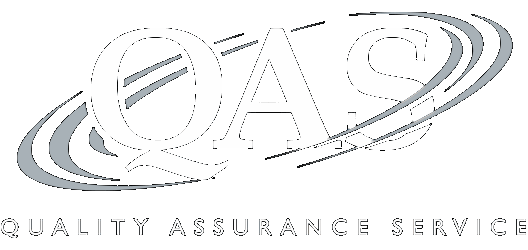State Addbacks and Subtractions: Managing Rolling, Fixed Date, and Selective Federal Conformity
A live 110-minute CPE webinar with interactive Q&A
This webinar will detail the most frequent and recent additions and subtractions imposed by states when calculating taxable business income. Our panel of state and local tax experts will give examples of these required adjustments in specific states so that SALT advisers are aware of these when calculating and preparing multistate tax returns.
Outline
- Nexus
- How state income tax is calculated
- Why states require such addbacks and subtractions
- Most common addbacks and subtractions
- Detail of addback and subtractions for various states
- Separate or combined filings
- Audit issues
Benefits
The panel will cover these and other key issues:
- Tracking depreciation differences in multiple states
- Handling state adjustments for Section 163(j) interest expense deductions
- What are the most common state additions and subtractions that SALT practitioners should be aware of?
- What methods do states use for calculating state taxable income?
Faculty

George W. Rendziperis, JD
Managing Director, State and Local Tax
Hancock Askew & Co.
Mr. Rendziperis provides state and local tax advice to companies in the financial services, private equity, real... | Read More
Mr. Rendziperis provides state and local tax advice to companies in the financial services, private equity, real estate, technology, manufacturing, oil and gas, and service sectors. He has more than 15 years of experience advising clients on controversy, litigation, planning, implementation and compliance issues related to income and franchise tax, sales and use tax, excise and property taxes, unclaimed property, and tax incentives and credits.
Closeto be announced.
CPE credit processing is available for an additional fee of $39.
CPE processing must be ordered prior to the event.
See
NASBA details.
Cannot Attend May 2?
CPE credit is not available on downloads.
CPE On-Demand
